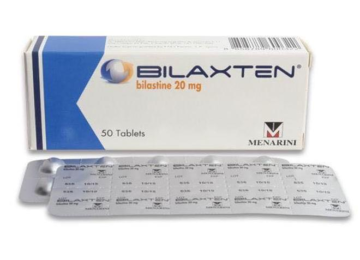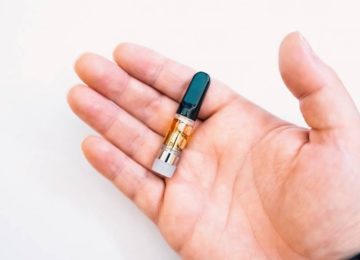Pulp inflammation can negatively impact your quality of life due to excruciating pain and discomfort. The pulp is the innermost part of your tooth that consists of cells, connective tissues, nerves, and blood vessels. It helps provide the necessary nutrition to the tooth. The bacteria may enter the tooth and left untreated can seep into the pulp causing painful symptoms.
Early detection and treatment by the team of general dentist in Sacramento can help maintain the vitality and integrity of the affected tooth through appropriate treatment options. This helps restore its oral form and function. Let’s read further about pulpitis!
An insightful guide to pulpitis
Pulpitis is an inflammation of the pulp that usually begins when there is an irritation inside a tooth due to factors such as tooth decay, cavities, grinding, or trauma.
There are two types of pulpitis, namely:
- Reversible pulpitis
- Irreversible pulpitis
Causes:
Any extensive trauma or damage to the enamel can lead to pulpitis. This may occur due to:
Cavities: Bacteria in your mouth produce harmful acids that demineralize the enamel layer and erode the pulp.
Cracks: Small fissures or pits in the enamel can occur if you chew on hard foods or injure your tooth.
Dental procedures: Certain dental treatments can accidentally harm the enamel due to increased heat, especially if the tooth has not been sealed correctly.
Enamel attrition: Worn-out enamel due to grinding of the teeth or aggressive brushing can expose your dentin and pulp, resulting in inflammation.

Symptoms:
The main symptoms of pulpitis are toothache and sensitivity. However, symptoms may vary based on the type of pulpitis. These include:
Symptoms of reversible pulpitis:
- There is usually mild to no pain when the dentist taps your tooth
- No sensitivity to heat
- You may experience mild sensitivity to cold things
Symptoms of irreversible pulpitis:
- Intense pain when the dentist taps your tooth
- Sensitivity to heat, cold, and sweets that lasts more than a few seconds.
- The pain can be throbbing or sharp aching pain
- Swelling around the affected tooth
- Facial swelling
- Facial asymmetry
- Tenderness
- Mild-grade fever
Diagnosis:
Your dentist can diagnose pulpitis through:
- Tooth tapping
- Heat or cold test
- Electric pulp test
- Dental X-rays
Treatment:
Treatment for pulpitis depends on the type and extent of inflammation. Options include:
- Antibiotic therapy for mild pulpitis
- Root canal treatment for moderate pulpitis
- Tooth extraction for severe pulpitis
Pulpitis is an inflammation of the pulp. If you notice any pain, discomfort, or increased tooth sensitivity seek dental help to reverse the inflammation, since untreated cases can compromise your oral health and negatively impact your routine life.











